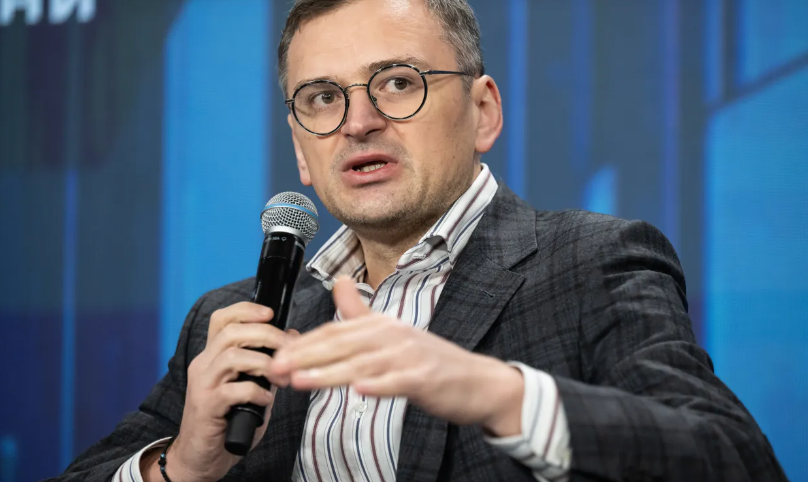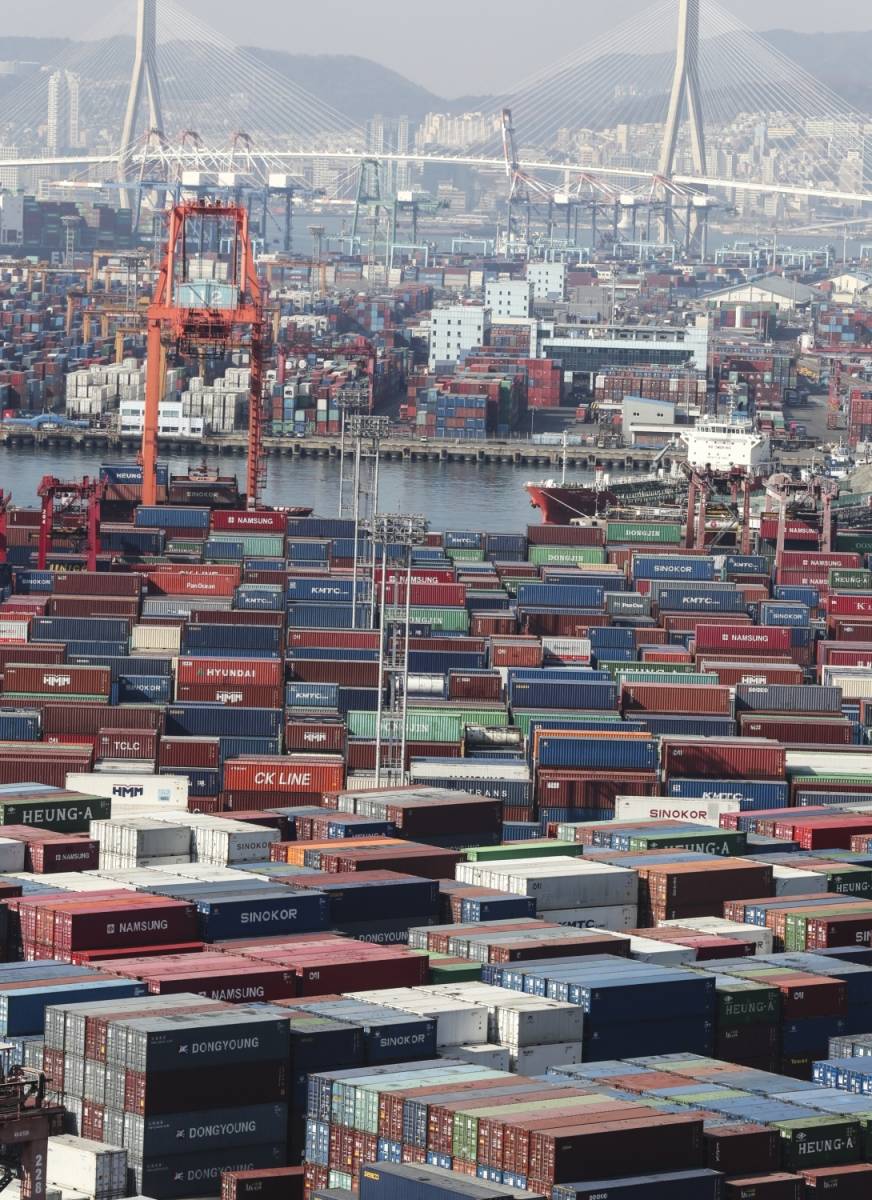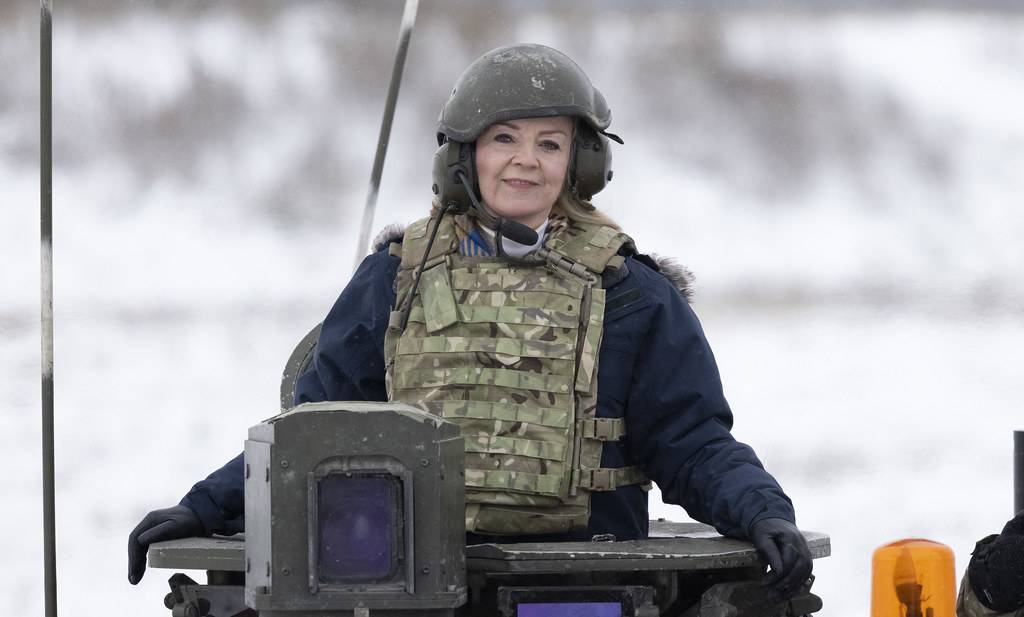Reflecting on the UAE’s industrial landscape before and after the establishment of MoIAT, Dr. Al Jaber noted the transformation brought about by the ministry’s creation in 2020…reports Asian Lite News
Dr. Sultan bin Ahmed Al Jaber, Minister of Industry and Advanced Technology, emphasized the Ministry of Industry and Advanced Technology’s (MoIAT) commitment to strengthening the national industrial sector and improving the business environment. Through strategic initiatives and programs, MoIAT aims to enhance industrial competitiveness and boost in-country value, contributing to greater national industrial security and self-sufficiency. Dr. Al Jaber highlighted the importance of enablers and incentives in supporting sustainable business growth, reducing financial barriers, and fostering innovation.
Reflecting on the UAE’s industrial landscape before and after the establishment of MoIAT, Dr. Al Jaber noted the transformation brought about by the ministry’s creation in 2020. The launch of the National Strategy for Industry and Advanced Technology, Operation 300bn, further underscored the commitment to fostering a robust industrial ecosystem. Under MoIAT’s leadership, the sector’s contribution to the UAE’s economy has significantly increased, with notable growth in GDP contribution, industrial exports, and productivity.
One of MoIAT’s flagship initiatives, the National In-Country Value (ICV) Programme, has redirected billions of dirhams back into the national economy, supporting industrial growth and enhancing self-sufficiency. Additionally, initiatives to enable local products and create product offtake opportunities have further bolstered industrial security and self-reliance.
In promoting advanced technologies and Industry 4.0 solutions, MoIAT has facilitated the adoption of robotics, artificial intelligence, blockchain, and other technologies, driving industrial exports and positioning the UAE as a regional and international hub for future industries. Financial incentives and enablers play a crucial role in lowering barriers for technology adoption and fostering innovation.
MoIAT’s contributions extend to legislative reforms aimed at enhancing the industrial sector’s growth and competitiveness. The issuance of Federal Decree-Law No. 25 of 2022 marked a significant milestone, streamlining regulations and creating an attractive investment ecosystem. These efforts align with the UAE’s vision of achieving self-sufficiency and global industrial leadership.
The Make it in the Emirates Forum serves as a platform to attract investments and empower industrial SMEs, driving partnerships and fostering innovation. As the UAE extends its focus on sustainability, the forum plays a pivotal role in promoting sustainable practices and technological solutions to address global challenges.
Looking ahead, Dr. Al Jaber emphasized MoIAT’s commitment to advancing technological transformation across the industrial sector. The Technology Transformation Programme aims to accelerate technological adoption, enhance productivity, and strengthen the UAE’s global competitiveness. With continued efforts, the UAE aims to solidify its position as a leader in advanced technologies and innovation on the global stage.
ALSO READ-US unveils draft UN resolution seeking Gaza ceasefire













